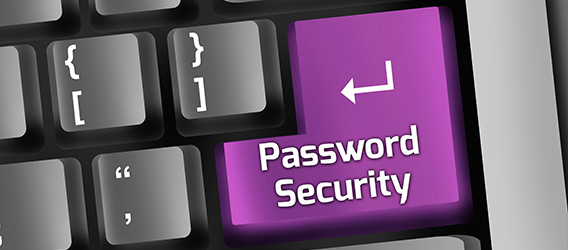If you’d rather not type or remember a complicated string of letters and numbers every time you want to log onto your PC or tablet, Windows® 10 lets you instead set up a simple pattern you can draw over a favorite photo as your log-in credential. For comprehensive password management across all your accounts and devices, explore our secure password manager solutions.

This is a handy feature for people who may have difficulty typing letters on a keyboard, or for those who just want to try something different and arguably more convenient that is still fairly hacker-proof. Indeed, traditional alphanumeric password-hacking software will be no good up against a picture password.
What is a Windows 10 picture password?
A Windows 10 picture password is an alternative login method where you use a chosen image and perform three gestures on it, such as circles, straight lines, or taps, in a specific sequence to gain access to your device.
This method is preferred by some users because it’s often easier to remember a set of gestures on a familiar image than a text-based password or PIN.
Additionally, it can be quicker to execute and more intuitive, especially on touch-screen devices where drawing gestures feels more natural.
How it works
On a tablet, Windows 10 users interact with the picture password feature by drawing directly on the photo displayed on the screen using their finger. This tactile input method allows for a more intuitive and natural interaction, mimicking the experience of drawing on paper.
For PC users, the process is similar but adapted for mouse input. Instead of physically drawing with a finger, users use the mouse cursor to trace the pattern or gesture over the photo. While this method lacks the tactile feedback of touchscreens, it still provides a straightforward and convenient way to create a personalized password experience.
How to enable again your Windows 10 picture passwords
To re-enable your Windows 10 picture password, follow these quick steps:
- Go to Settings and select Accounts.
- Choose Sign-in options on the left side.
- Scroll down to Picture Password and click Add.
- Enter your Microsoft account password when prompted.
- Follow the on-screen instructions to set up your new picture password by selecting an image and drawing three gestures on it.
Remember, this feature might be hidden if you’re using the latest version of Windows 10, as it’s considered less secure than other methods. If you can’t find the option, ensure your system is updated, and check if the feature is enabled in the Local Group Policy Editor or the Registry.
How to create a Windows 10 picture password
To establish picture password logging in on your PC or tablet:
- Click the Start button and select Settings from the menu
- Choose Accounts
- On the left, select Sign-in Options
- From this screen you can choose between:
- Changing your existing computer password
- Logging in with a PIN
- Logging in with a picture password
- Click the Add button under Picture Password and type in your current password
- Click OK
- Follow the onscreen steps to set up your picture password in Windows 10, including:
- Choosing a personal photo from your PC’s hard drive
- Drawing a series of three gestures on the photo
- Confirming the gestures
You can now sign in by performing these gestures over the photo to get into your PC or tablet.
How to Disable Windows 10 Picture Password
For those who find the Windows 10 picture password feature underwhelming or uncomfortable to use, you might consider removing it. To disable or remove the picture password from your Windows device, follow these simple steps:
Instructions:
- Open the “Sign-in options” on your system
- Scroll down to the “Picture Password” section and click the “Remove” button to turn off the Windows 10 picture password feature.
Note that from the Windows log-in screen, clicking the Sign-in Options link will let you sign in with your old password, should you forget the picture password gestures you saved. Also, removing the picture password by selecting that option from the Sign-in Options in the Accounts menu will re-enable password-based logging in.
Windows is a registered trademark of Microsoft Corporation in the United States and other countries.








